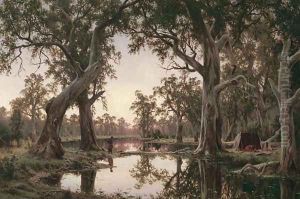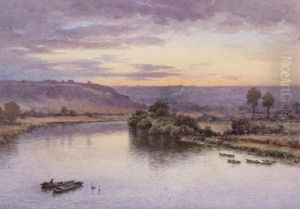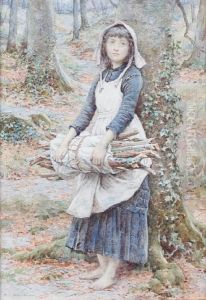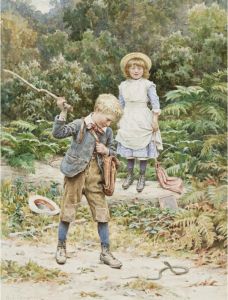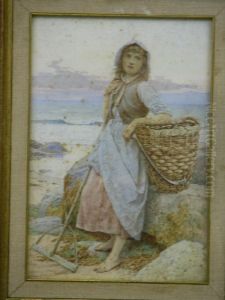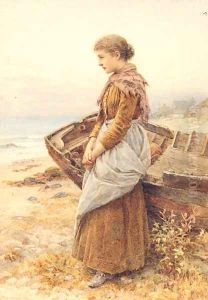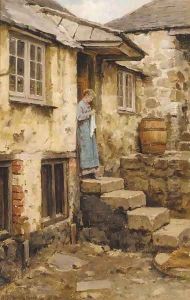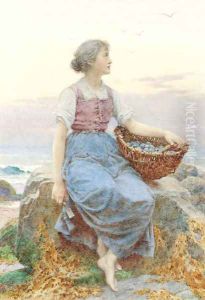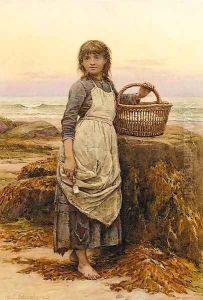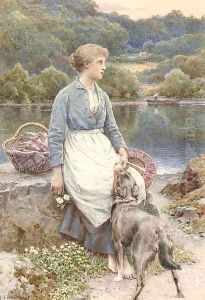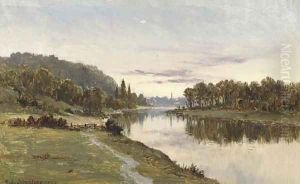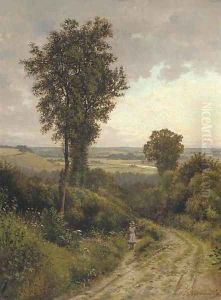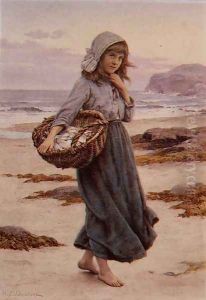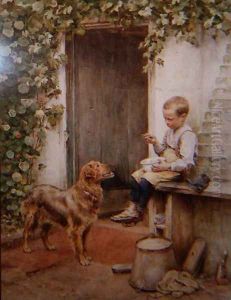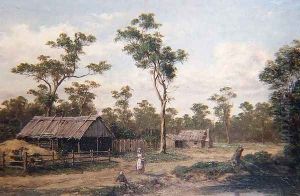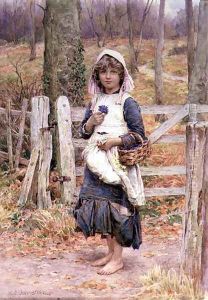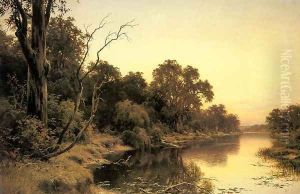Henry James Johnstone Paintings
Henry James Johnstone was an English-born Australian photographer and painter, recognized for his contributions to early Australian photography and for his works as a portrait artist. Born on August 9, 1835, in Birmingham, England, Johnstone began his career as an engraver before emigrating to Australia in the 1850s during the gold rush period.
Once in Australia, he initially continued his work in engraving but soon shifted his focus to photography, opening one of the first photographic studios in Melbourne. His studio quickly gained a reputation for high-quality portraits, and Johnstone became a prominent figure in the burgeoning Australian art scene.
In addition to his photography, Johnstone was also an accomplished painter. He studied painting in Paris and was influenced by the French academic style. His portraits were known for their detail and realism, and he often exhibited his work at various art exhibitions, including the Victorian Academy of Arts.
Johnstone's contribution to Australian art extends beyond his own work. He was a mentor to other artists and was actively involved in the promotion and organization of art exhibitions in Australia. His legacy includes not only his portraits and photographs but also his influence on the Australian art community of his time.
Henry James Johnstone's life and career were marked by a dedication to his craft and an ability to adapt to new environments and mediums. He continued to work and exhibit his art until his death on June 25, 1907. His works remain a significant part of Australia's cultural heritage, offering insights into the visual history and society of 19th-century Australia.
